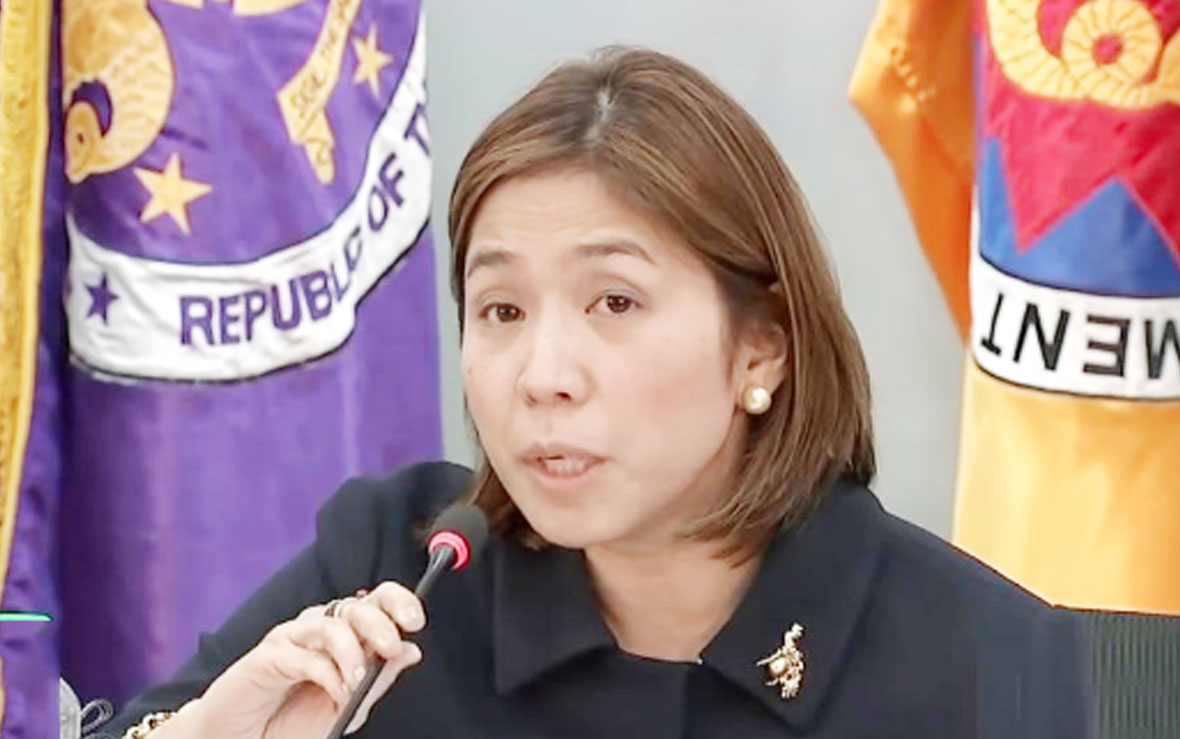APAT na sektor ang nananatiling prayoridad para buhusan ng malaking budget sa panukalang 2024 National Budget.
Mismong si Budget and Management (DBM) Secretary Amenah Pangandaman ang nagpahayag na patuloy na tututukan ang mga sektor na prayoridad sa 2023 budget, gaya sa impraestriktura, agrikultura, kalusugan, at edukasyon.
“ When we started the administration, may tinatawag po tayong Medium-Term Fiscal Framework (MTFF), which the Congress adopted. ‘Yung MTFF po, it’s a fiscal consolidation program wherein doon din po nakalagay ‘yung mga priority programs and areas which we should support,” ayon kay Pangandaman.
Alinsunod sa 8-Point Socioeconomic Agenda ng administrasyong Ferdinand R. Marcos Jr. at sa Philippine Development Plan 2023-2028, patuloy na uunahin ng gobyerno ang mga item sa paggasta na magtutulak sa pagbangon sa ekonomiya at pagsulong.
“We will continue the infrastructure program of the national government, from Build, Build, Build to Build, Better, More, from 5-6 percent of GDP, now this year, it’s 5.8 percent. So we’re still working on the 2024 budget, so we need to adhere with that,” anang DBM Secretary.
Binigyang-diin din niya ang pangangailangang ipagpatuloy ang pagbibigay-prayoridad sa budget para sa sektor ng agrikultura, kung isasaalang-alang ang mga epekto ng pandemya.
“We all know that this year, we increased it to about 40% kasi from previous years po parang we didn’t give enough investment. Sobrang baba lagi po ‘yung sa support natin for agriculture. But when the pandemic happened, nag-close lahat — our value chains stopped, and it’s important that we have enough food in our country, enough produce,”ani Pangandaman.
Dagdag ng kalihin na ang suporta ay ibibigay rin sa sektor ng kalusugan at edukasyon, kabilang ang pag-upgrade ng mga kasanayan ng mga manggagawa sa bansa.
Ang mga prayoridad sa paggasta para sa susunod na taon ay makikita sa 2024 Budget Priorities Framework, na kinabibilangan diital transformation, food security, enterprise development, human capiyal development, climate action and disaster resilience, strategic directions in transition to full devolution, at research, development, and innovation.
EVELYN QUIROZ

